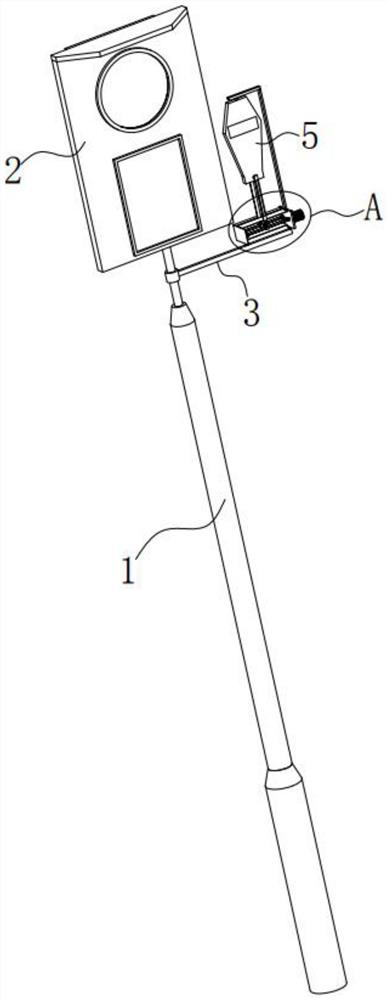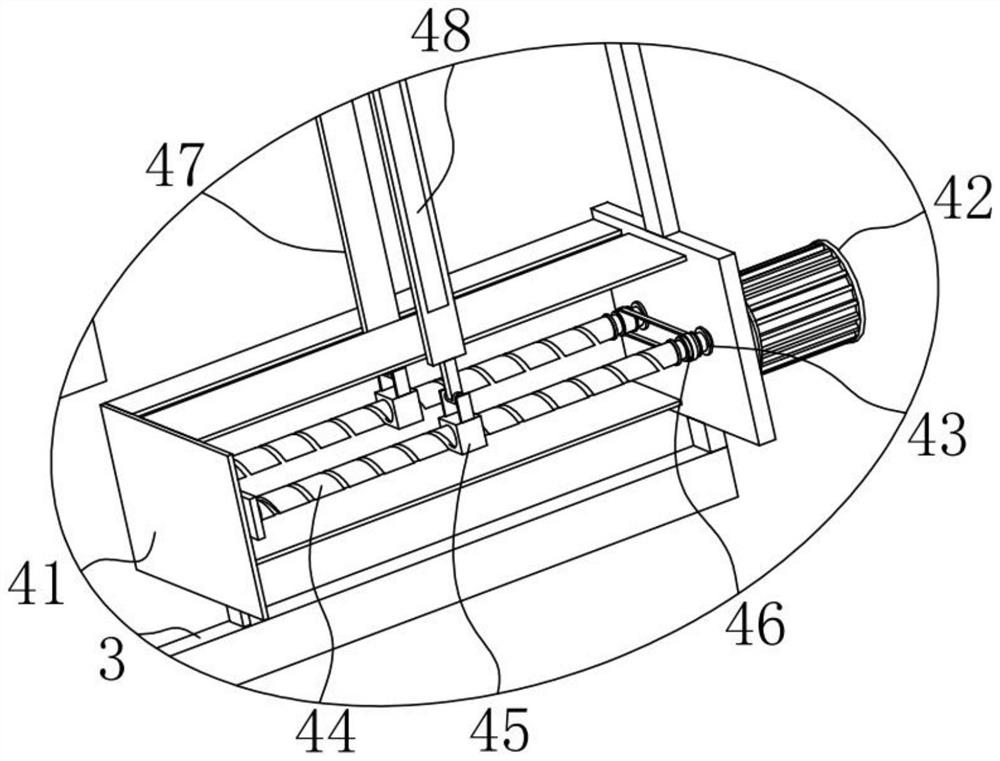Pedestrian guide sign design method based on visual perception analogue simulation technology
A simulation technology and visual perception technology, which is applied in the field of pedestrian guide sign design based on visual perception simulation simulation technology, which can solve the problems of large staff allocation and low work efficiency.
- Summary
- Abstract
- Description
- Claims
- Application Information
AI Technical Summary
Problems solved by technology
Method used
Image
Examples
no. 1 example
[0041] A pedestrian guide sign design method based on visual perception simulation technology, comprising the following steps:
[0042] S1. Data collection: operators conduct personnel surveys and network votes through actual situations, obtain data in the form of 3D virtual reality scene construction, simulation experiments, pedestrian perception factors, and personnel network opinions;
[0043] S2. Modeling design: The static and dynamic description of the pedestrian walking environment is carried out through the structure of data collection, and the pedestrian traffic sign perception behavior of the hub is constructed as a simulation model. Revise;
[0044] S3. Simulation construction platform: The simulation platform construction and parameter calibration part is mainly to computerize the model, design a standard pedestrian three-dimensional virtual simulation experiment method in practical application, select a typical scene for the experiment, and carry out the visual re...
no. 2 example
[0050] Please refer to figure 1 , figure 2 , image 3 , Figure 4 , Figure 5 , Image 6 and Figure 7 , based on a pedestrian guide sign design method based on visual perception simulation technology provided by the first embodiment of the present application, the second embodiment of the present application proposes another pedestrian guide sign design based on visual perception simulation technology method. The second embodiment is only a preferred mode of the first embodiment, and the implementation of the second embodiment will not affect the independent implementation of the first embodiment.
[0051] Specifically, the difference between a pedestrian guide sign design method based on visual perception simulation technology provided by the second embodiment of the present application is that a pedestrian guide sign design method based on visual perception simulation technology, the In the above-mentioned S3, a typical scene experiment needs to use an indicating de...
no. 3 example
[0074] Please refer to Figure 8 , based on a pedestrian guide sign design method based on visual perception simulation technology provided in the first embodiment of the present application, the third embodiment of the present application proposes another pedestrian guide sign design based on visual perception simulation technology method. The third embodiment is only a preferred mode of the first embodiment, and the implementation of the third embodiment will not affect the independent implementation of the first embodiment.
[0075] Specifically, the difference between a pedestrian guide sign design method based on visual perception simulation technology provided by the third embodiment of the present application is that a pedestrian guide sign design method based on visual perception simulation technology, the The bottom of the fixing rod 1 is provided with a fixing component 11, the fixing component 11 includes a base 111, a positioning member 112 is arranged inside the ...
PUM
 Login to View More
Login to View More Abstract
Description
Claims
Application Information
 Login to View More
Login to View More - R&D
- Intellectual Property
- Life Sciences
- Materials
- Tech Scout
- Unparalleled Data Quality
- Higher Quality Content
- 60% Fewer Hallucinations
Browse by: Latest US Patents, China's latest patents, Technical Efficacy Thesaurus, Application Domain, Technology Topic, Popular Technical Reports.
© 2025 PatSnap. All rights reserved.Legal|Privacy policy|Modern Slavery Act Transparency Statement|Sitemap|About US| Contact US: help@patsnap.com



